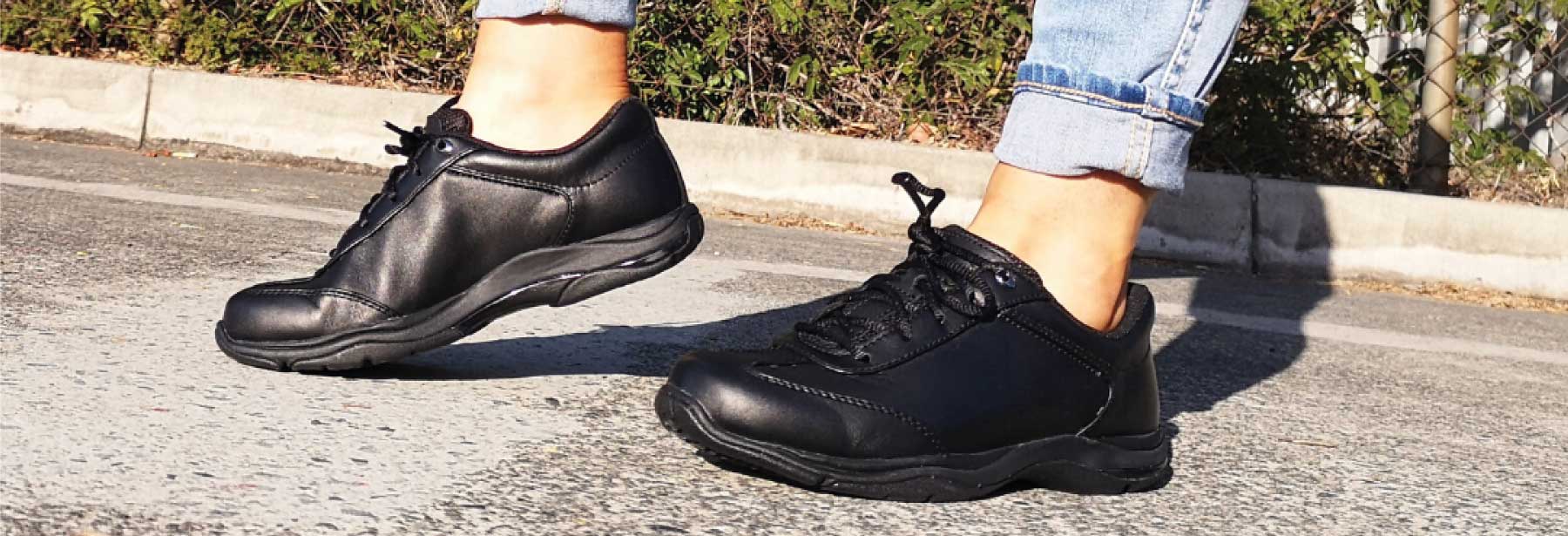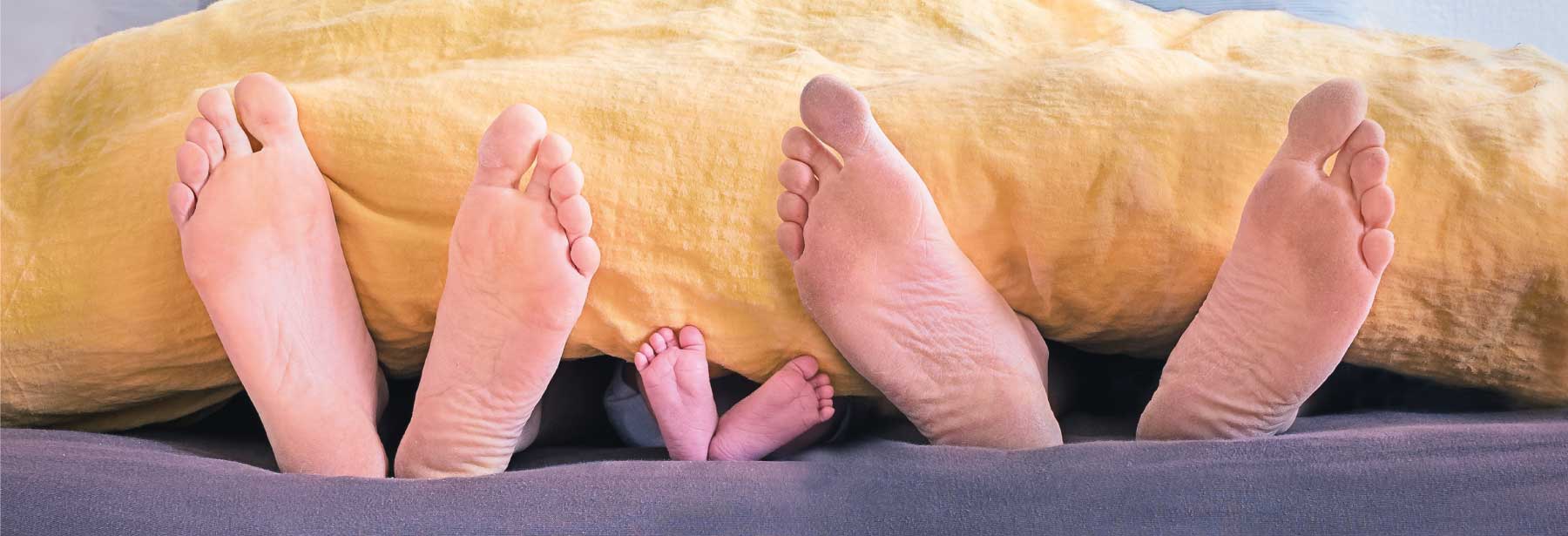
Suffering from Furlough feet or Covid heel?
Now many of us are getting back outside and back to work you need to make sure you are wearing the most appropriate footwear for your body. After a long period of limited activity, your body may not be used to its usual stresses and strains of everyday life. Any extra weight put on during lockdown can also have an effect, extra mass can put additional stress on your feet. Making sure you have the correct comfort footwear can help keep you and your feet feeling fresh for longer whilst making sure your joints are cushioned and protected.

How can going barefoot lead to foot pain?
Going barefoot can have some positive benefits for building foot strength, however, going barefoot for long periods can increase stress on the feet and joints. Barefoot walking forces your feet to absorb the impact from hard floors and flat carpets. The physical stress to your joints can lead to irritated and inflamed joints, particularly for people who suffer from arthritis.Going barefoot can also break down the cushioning in the feet. Not wearing cushioned comfort shoes cab exacerbate the breakdown of the protective layer under the foot and put pressure on the joints that the body is not used to, according to Orthopaedic surgeon Adam Bitterman.
Protect your knees, hips and back
Walking barefoot can also lead to problems further up the body. Many people find without the appropriate support from their comfort shoes their feet roll inwards excessively, also known as overpronation. This can cause knee, hip and lower back pain as the body is not naturally aligned. The body is also not designed to walk on firm and hard flooring. Without the extra cushioning of your comfort shoes, the body experiences force it is not designed to withstand, therefore leading to aches and pains within the joints.
What is Plantar Fasciitis?
Plantar Fasciitis is one of the most common causes of heel pain. Caused by the inflammation of the plantar fascia, the thick band of tissue running across the bottom of the foot, that connects the heel bone and your toes. Symptoms of Plantar Fasciitis are a sharp stabbing pain that usually occurs early in the morning, gradually decreasing throughout the day. Plantar fasciitis is usually experiencing by people aged 40 to 60 who are activate, including runners, dancers and outdoor walkers. Those with a flat foot or high arch are susceptible to plantar fasciitis, with additional weight also a discerning factor. However, with most people now doing far more exercise than they are used to over the last twelve months, cases of plantar fasciitis appear to be on the rise.Indoor shoes for the home
Wearing cushioned and supportive shoes in the home can help protect your feet and joints. Avoid wearing your outside shoes to prevent traipsing dirt through your house, instead select a range of shoes just for the home. Alternating between a couple of styles can help you avoid stress injuries according to Dr Sutera (2021). As different shoes will active different muscles and utilise different areas of the foot. Comfort shoe brands feature a range of arch support, cushioning and shock absorption, making them ideal for suffers from plantar fasciitis and arthritis. ShoeMed can assist with finding the ideal fit for your feet, through an in-store appointment or online consultation. Many styles of house shoes at ShoeMed can also accommodate orthotics and foot orthoses to keep you supported and stable all day.
The best shoes for Plantar Fasciitis and Painful Feet
ShoeMed stocks a wide range of comfort brands suitable for Plantar Fasciitis, recommended by many of our partnered podiatrists. Joya shoes can help relieve the plantar fascia whilst in the standing position thanks to the unique cushioned sole technology. The soft sole in each Joya shoe helps to reduce the impact of heel striking and allows for slower pronation of the foot. This rolling motion helps to evenly distribute the pressure on the foot, protecting the back, knees, ankles and hips.
ShoeMed has partnered with Joya Shoes to bring you the widest range of comfort styles for plantar fasciitis. From women’s boots and trainers to men’s formal and casual shoes. At ShoeMed, our community loves the women’s Waikiki and Joya Cancun ranges for extra support and cushioning to protect their feet. These Joya shoes feature a PU sole which help avoid overpronation and over- supination. The Multi-Fit sensorimotor insole provides arch support and a lateral raise in the forefoot area supports a natural torsion and roll off. Shoes with the Wave technology are designed to be combined with sensorimotor orthopaedic insoles that the customer can benefit from the change of the statics with an orthotic and the sensorimotor training effect of the soft and elastic Joya midsole.
 Joya Mens Cancun Black Joya Mens Cancun Black |
The Finnamic women’s range by Finn Comfort features a stable rocker sole. Designed to reduce peak impacts from heel striking and encourage the natural roll of the foot, great for those suffering from plantar fasciitis. Finnamic foot beds are made of a thick cork with a cushioning layer, to give great arch support and also a metatarsal dome for forefoot support. Finn Comfort Finnamic styles such as the Ikebukuro feature a wide toe-box, making them an excellent choice for wider feet or suffers from Morton’s neuroma.
 Finnamic Otaru Bianco Stone Finnamic Otaru Bianco Stone
|
 Finnamic Ikebukuro Light Blue Finnamic Ikebukuro Light Blue |
Oofos feature a unique foam-based arch support, whilst maintaining an extremely soft, cushioned feeling. Therefore, making Oofos an ideal choice for plantar fasciitis. Oofos are shock absorbent and will reduce approximately 37% of the impact the foot makes when walking. The Ooahh side is consistently recommended by podiatrists and physiotherapists as an excellent recovery shoe for athletes and those suffering from foot pain. Oofos makes a great house shoe thanks to the easy slip on and slips off. For wider or swelling feet, the Ooahh sport flex matt black provides plenty of adjustability to keep you comfortable.

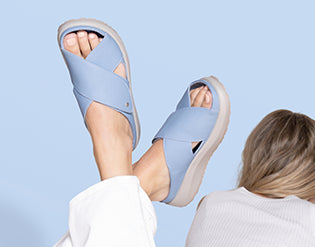
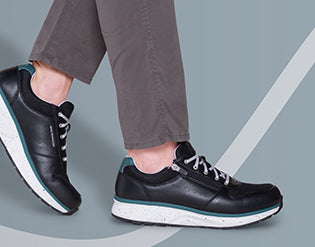
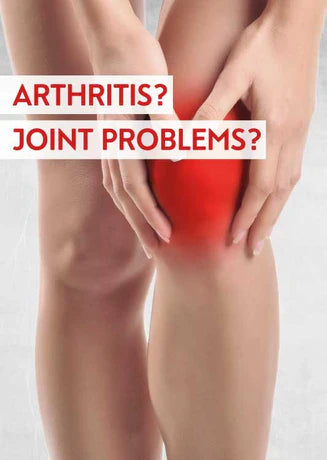
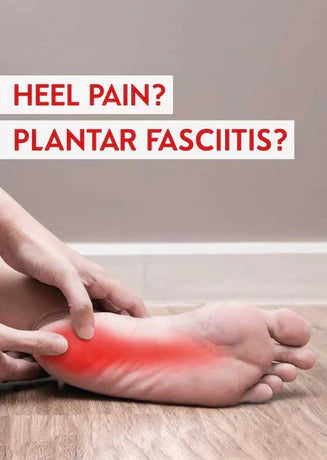

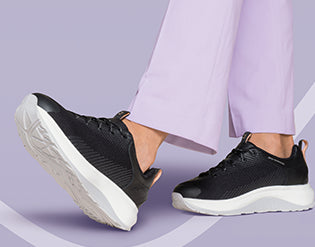
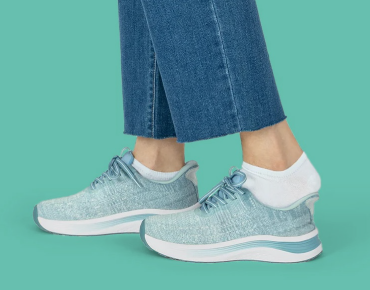


 Ooahh Sport Flex Matt Black
Ooahh Sport Flex Matt Black